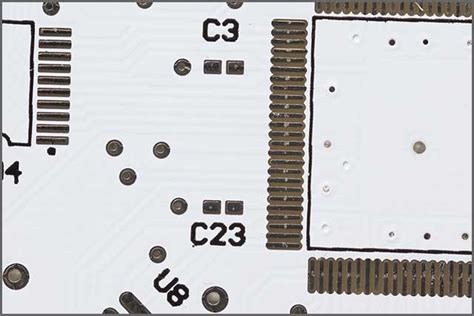
ALL ABOUT FLEX PCB
-
PCB Color – How To Select The Color You Need
Posted by
–
 Read more: PCB Color – How To Select The Color You Need
Read more: PCB Color – How To Select The Color You NeedIntroduction to PCB Color Printed Circuit Boards (PCBs) are an essential component in modern electronics. They provide a platform for mounting and connecting electronic components, allowing for the creation of complex circuits in a compact and efficient manner. One aspect of PCB design that is often overlooked is the color […]
-
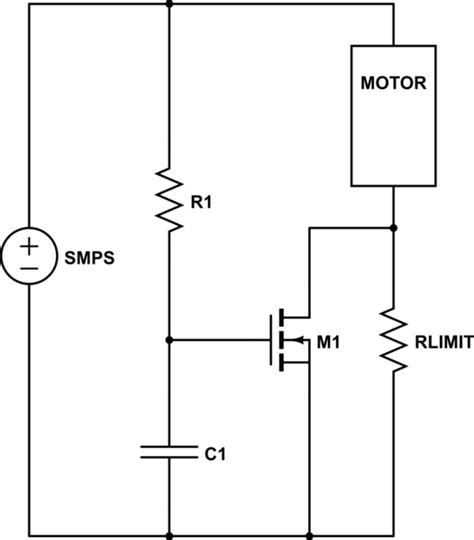 Read more: DC Motor Soft Start: Understand and Creating Your Own
Read more: DC Motor Soft Start: Understand and Creating Your OwnIntroduction to DC Motors and Soft Starting DC motors are widely used in various applications due to their simplicity, reliability, and easy control. However, starting a DC motor directly at full voltage can lead to high inrush currents and mechanical stress, which can damage the motor and reduce its lifespan. […]
-
How do you test solder paste printing?
Posted by
–
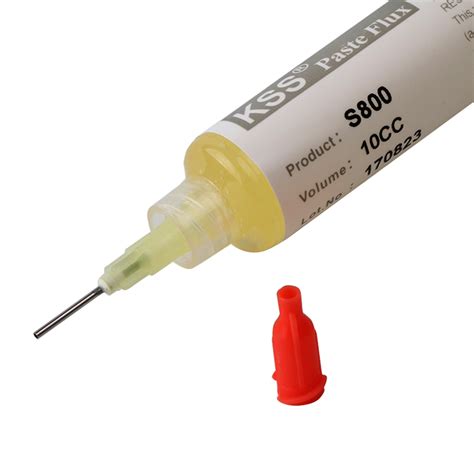 Read more: How do you test solder paste printing?
Read more: How do you test solder paste printing?Introduction to Solder Paste Testing Solder paste printing is a critical process in the manufacturing of printed circuit boards (PCBs). It involves applying a precise amount of solder paste onto specific areas of the PCB, which will later be used to attach electronic components. The quality of the solder paste […]
-
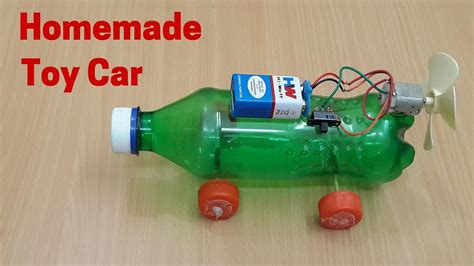 Read more: Simple Remote-Control Circuits: DIY Toy Car with Wireless Circuits
Read more: Simple Remote-Control Circuits: DIY Toy Car with Wireless CircuitsIntroduction to DIY Wireless Toy Cars Building your own DIY wireless toy car is a fun and educational project that teaches you the basics of remote control circuits. With some simple electronic components and a bit of know-how, you can create an impressive remote-controlled vehicle that will provide hours of […]
-
Digital Sensors Examples; All You Need to Know
Posted by
–
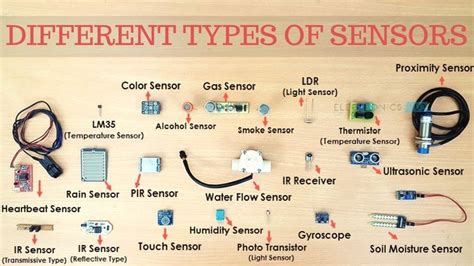 Read more: Digital Sensors Examples; All You Need to Know
Read more: Digital Sensors Examples; All You Need to KnowWhat are Digital Sensors? Digital sensors are devices that convert physical quantities such as temperature, pressure, light, or sound into digital signals that can be processed by electronic systems. Unlike analog sensors, which output continuous voltage or current signals, digital sensors produce discrete digital outputs that can be easily interpreted […]
-
PICKit 3 Pinout: Everything You Need to Know
Posted by
–
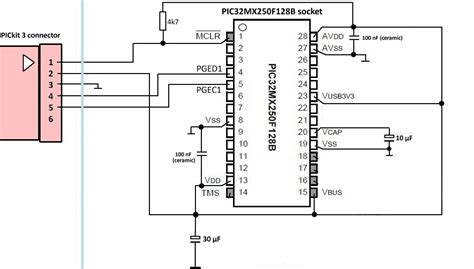 Read more: PICKit 3 Pinout: Everything You Need to Know
Read more: PICKit 3 Pinout: Everything You Need to KnowWhat is the PICKit 3? The PICKit 3 is a development tool designed by Microchip Technology for programming and debugging PIC microcontrollers. It offers a wide range of features, including: In-Circuit Debugging (ICD) In-Circuit Serial Programming (ICSP) Real-time execution and debugging Support for a wide range of PIC microcontrollers USB […]
-
Things You Need To Know about PCB Testing
Posted by
–
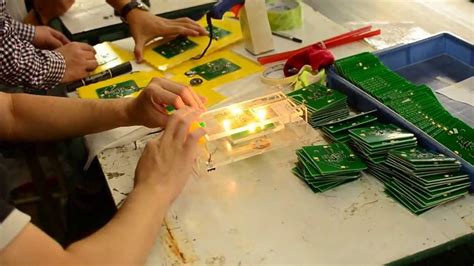 Read more: Things You Need To Know about PCB Testing
Read more: Things You Need To Know about PCB TestingIntroduction to PCB Testing Printed Circuit Board (PCB) testing is a crucial step in the manufacturing process of electronic devices. It ensures that the PCBs are functioning correctly and meet the required specifications before they are assembled into the final product. PCB testing involves various techniques and methods to detect […]
-
Advanced PCB Manufacturing
Posted by
–
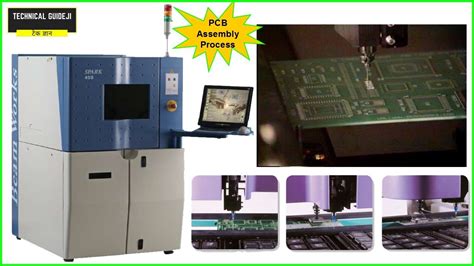 Read more: Advanced PCB Manufacturing
Read more: Advanced PCB ManufacturingPCB Substrate Materials The substrate material is the foundation of any PCB. It provides mechanical support and electrical insulation for the conductive traces. While traditional PCBs use FR-4 (flame retardant 4) glass-reinforced epoxy laminates, advanced applications are turning to high-performance substrate materials: Material Advantages Polyimide High heat resistance, flexibility Teflon […]
-
 Read more: Water Atomizer: A Few Amazing Tricks You Should Know
Read more: Water Atomizer: A Few Amazing Tricks You Should KnowIntroduction to Water Atomizers A water atomizer, also known as a water mister or a nebulizer, is a device that breaks down water into tiny droplets, creating a fine mist. This mist can be used for various purposes, such as humidifying the air, watering plants, or even cooling down outdoor […]
-
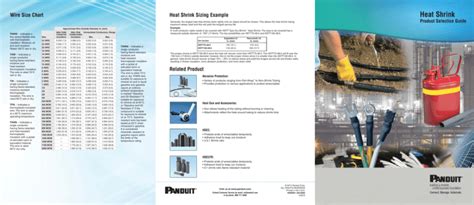 Read more: Heat Shrink Tubing Temperature: Guide and Appropriate Recommendations
Read more: Heat Shrink Tubing Temperature: Guide and Appropriate RecommendationsUnderstanding Heat Shrink Tubing Heat shrink tubing is a flexible, pre-stretched plastic tube that shrinks when exposed to heat. It is made from various materials, such as polyolefin, PVC, PTFE, and silicone, each with unique properties and temperature ranges. When heated above its shrink temperature, the tubing constricts and forms […]




